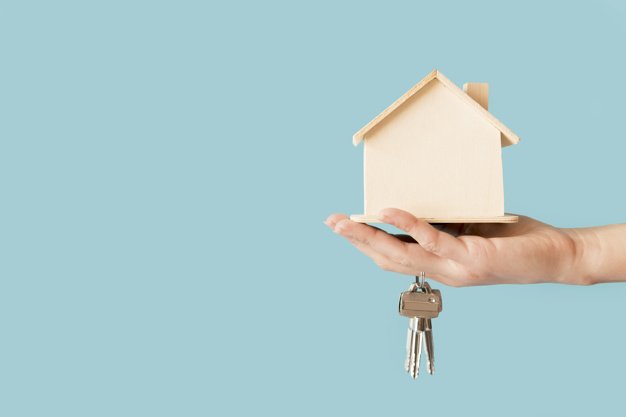The term ‘social housing’ is given to accommodation which is affordable to low-income people or with particular needs on a secure basis. The state, councils, usually own the properties, local authorities or non-profit organization such as housing association. When the private sector is unable to meet the needs of affordable accommodation, the state intervenes to ensure low-income necessities. Today, thousands of people are living without a permanent home. Social homes suffice a unique approach to provide good-quality housing to local people.
The AYA Housing – Washington, United States by Studio Twenty-Seven Architecture

An affordable, short term family housing is commissioned by the District of Columbia Department of General Services. The project ideates a service-enriched program for the inhabitants to stabilize and exit homelessness. A social housing project requires community engagement. The brief was to accommodate 50 families on 53000 square feet to foster a sense of community. The design of the building with 7-10 units per floor respects the surrounding, existing tree canopies and ziggurat form of the building maximizes daylighting and view for tenants. The key to the design is to create an optimal living experience, an outdoor play area on each level with amenity spaces at the ground floor interpolates activity all around the site. The elevation of the facades intends to look as virtual interaction to the context around.

With this facility and community satisfaction, the tenants benefit a lively living. Washingtonians are upright in need of every neighbourhood, creating a strong neighbour-based community. “Deserving dignified and independent living, the families are served a landing spot from this beautiful service.”
Monterrey Housing – Monterrey, Mexico By Elemental

In Santa Catarina, a middle-class neighbourhood site of 0.6 hectares is commissioned by the government of Nuevo León to design a group of 70 homes. The strategy to safeguard public money was reframed to “Half a House makes a whole community.” Public money allows to build 36 square meters whereas market termed it as a small house, so Elemental reframed the question – what if 36 square meters is visualized as a half of a good house instead of a small one? This ideology of investing state resources say 50% of the area of the complex is self-built; this allows growth in the structure as well as people’s economic capabilities. The design approach of incremental housing from the 1970s introduces an open system allowing the family’s own capacity of action and self-construction. This open system offers a distinct approach of accommodating the diversity of needs, preferences and expectations of people from the monotonous social housing problem.
The building consists of a three-story continuous building with home (first floor) and a two-story apartment above. The first half of 40 square meters is handed over with domestic spaces (bathroom, kitchen, stairs and dividing walls) for the expansion purpose where home sums to 58 square meters and apartment sums to 76 square meters approx. This building is porous with a continuous roof of volumes and voids for environment protection with green space around the building.

The design team looked forward to the whole system of development from land to design execution. Usually, 30% of the development is used to buy the land and 70% to build, whereas here, 80% is used to buy the land in the desired location and 20% to build the house.
The design is low rise and less dense, which allows paying for expensive, well-located land, without overcrowding and with a capacity of expansion. The government offers what families are unable to achieve privately, and residents can expand afterwards, allowing housing to work as a social investment and not a mere public expense.

This unique approach of providing basic utilities and infrastructure allows the user to modify non-technical aspects of the home, creating a sense of ownership and the possibility of expansion and flexibility.
Dortheavej Residence – Copenhagen, Denmark By Bjarke Ingels Group

Non-profit organization Lejerbo commissioned affordable housing for low-income residents. The brief of affordable housing and public space keeping the site free for pedestrians and untouched adjacent green yard. The building gently curves at centre conceived as a porous wall, creating spaces as a public plaza and allowing residents and public to pass through intimate green spaces. The height of the building corresponds to the scale of context with the stacked nature of design creating small outdoor terraces to the south, with large floor to ceiling windows providing daylight and views for healthy and sustainable living. The five-story structure is built using prefabricated modules to create 66 homes on a site of 66 square meters at low cost. With modest materials and modular construction, an attempt was created to create generous living spaces at the urban as well as residential scale.

An architectural challenge is to serve affordable housing regarding budget restrictions; the Dortheavej Residence was able to keep costs low without compromising the quality of life or design of the building. The living spaces open towards the courtyard, curving the linear block away from the street, which expands the sidewalk into a public square, hence creates an added value for individual as well as the community.

